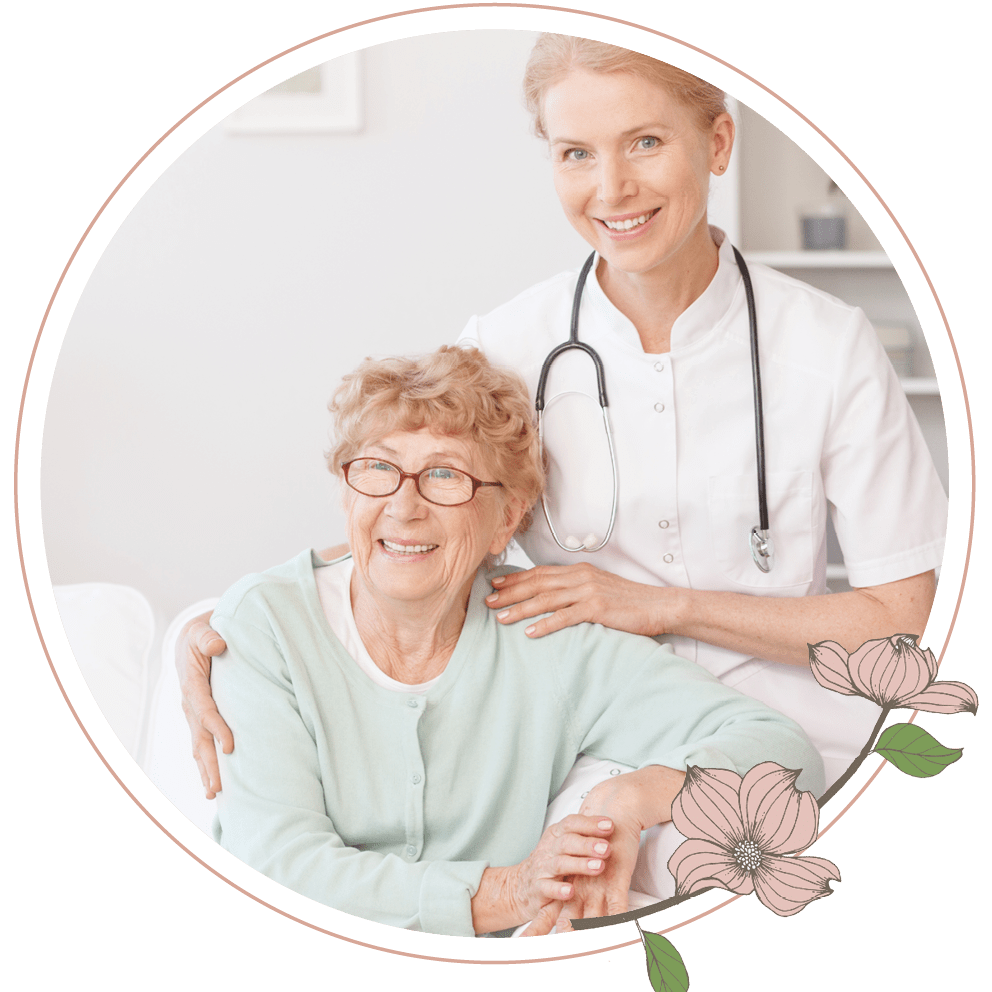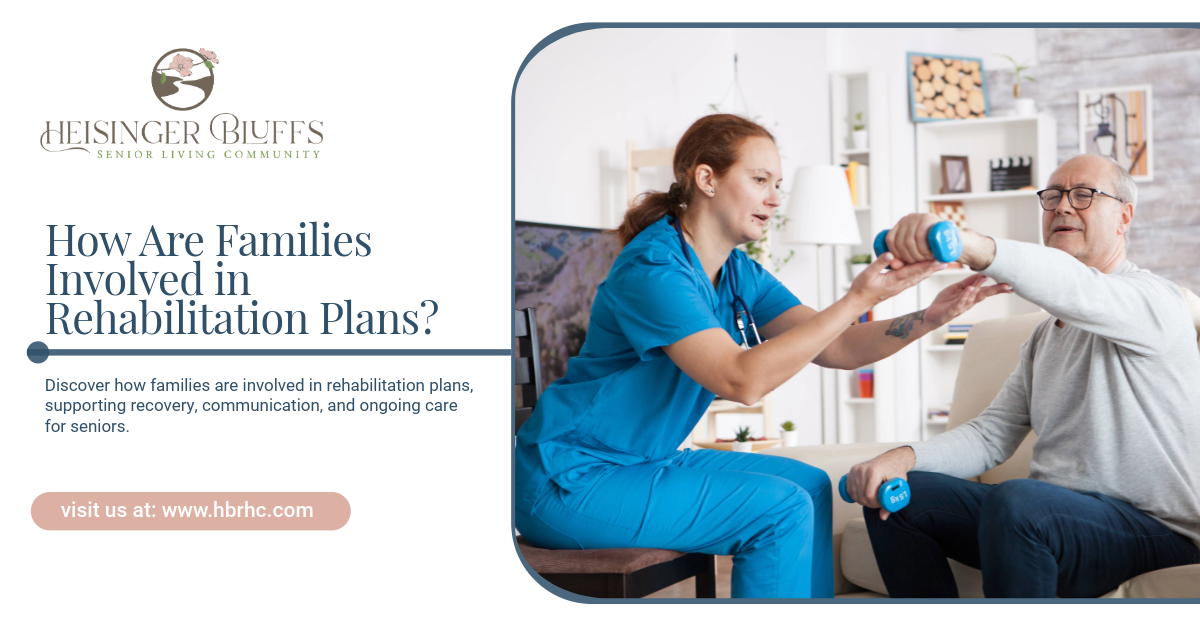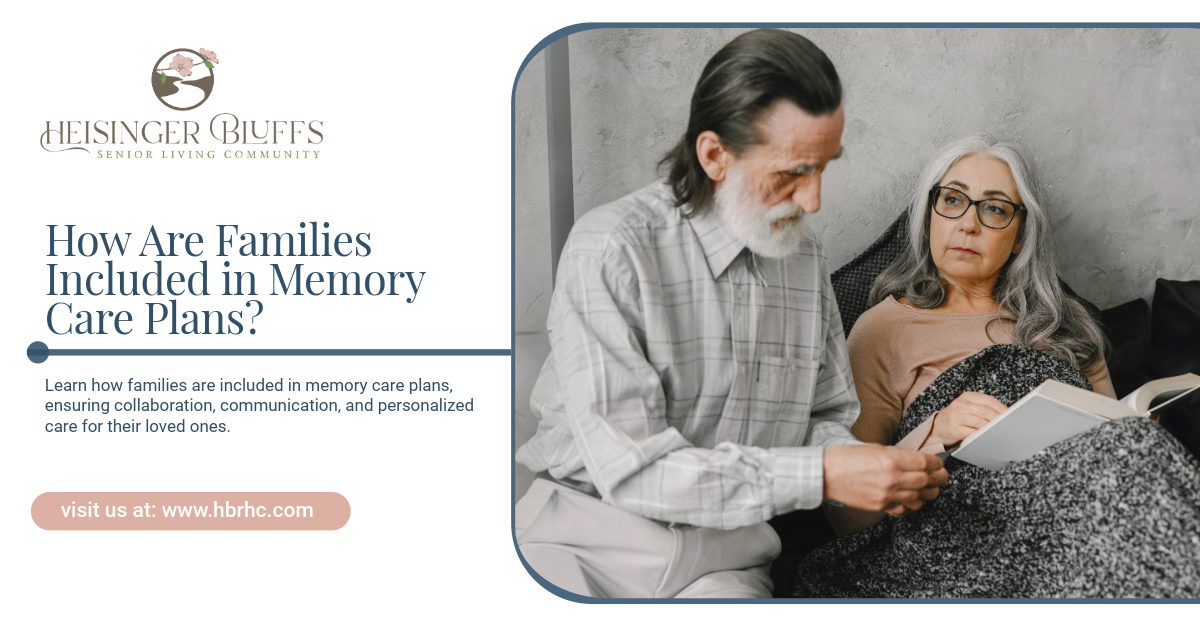Understanding the Levels of Care in Senior Living Communities

Key Highlights
- Senior living communities provide varying levels of care to meet residents’ changing needs.
- Options often include independent living, assisted living, memory care, rehabilitation, and skilled nursing care.
- Choosing the right level of care depends on health, independence, and personal preferences.
- Communities may offer continuum of care, allowing residents to transition smoothly between levels as needs evolve.
- Understanding care levels helps families plan ahead and make informed decisions.
As we or our loved ones age, the idea of transitioning into a senior living community often comes into focus. But one of the most common questions families face is: What type of care is needed?
Senior living communities are not “one-size-fits-all.” Instead, they offer a variety of levels of care, each tailored to meet the physical, medical, emotional, and social needs of residents. Understanding these levels ensures that seniors receive the right support while maintaining their quality of life and independence.
In this guide, we’ll break down the most common levels of care in senior living communities, what each includes, and how to choose the best fit.
The Different Levels of Care in Senior Living Communities
Senior living communities typically provide a spectrum of services. While names and offerings may vary slightly between communities, the following are the most common levels of care available.
1. Independent Living
Best for: Active seniors who need little to no medical assistance but want a maintenance-free lifestyle.
Independent living offers seniors the opportunity to enjoy a social and engaging environment without the hassles of homeownership.
Services & Features:
- Private apartments or cottages
- Community dining options
- Housekeeping and laundry services
- Social events, clubs, and activities
- Fitness and wellness programs
- Transportation for shopping, appointments, and outings
Independent living is all about convenience, freedom, and opportunities for socialization.
2. Assisted Living
Best for: Seniors who need help with daily activities but want to maintain as much independence as possible.
Assisted living bridges the gap between independent living and more advanced care. Residents receive personalized assistance based on their individual needs.
Services & Features:
- Help with activities of daily living (ADLs) such as bathing, dressing, eating, and medication management
- 24/7 staff support and emergency call systems
- Nutritious meals provided daily
- Recreational and social activities
- Transportation and housekeeping
Assisted living encourages independence while ensuring safety and comfort.
3. Memory Care
Best for: Seniors with Alzheimer’s disease, dementia, or other memory-related conditions.
Memory care provides a secure and structured environment with specially trained staff to support cognitive health and safety.
Services & Features:
- Secure facilities with monitored access
- Specialized staff trained in dementia care
- Therapeutic activities tailored to memory support
- Daily assistance with ADLs
- Medication management
- Low staff-to-resident ratio for personalized attention
Memory care communities focus on providing a safe, supportive environment that promotes dignity and quality of life.
4. Skilled Nursing Care
Best for: Seniors with complex medical conditions or those requiring 24-hour medical supervision.
Skilled nursing facilities (sometimes called nursing homes) provide the highest level of medical care outside of a hospital.
Services & Features:
- Licensed nurses available 24/7
- Medication administration and monitoring
- Wound care and IV therapy
- Rehabilitation services (physical, occupational, and speech therapy)
- Assistance with ADLs
- Long-term and short-term care options
This level of care is ideal for those who need ongoing medical treatment or recovery support.
5. Rehabilitation and Transitional Care
Best for: Seniors recovering from surgery, illness, or injury.
Rehabilitation services help residents regain independence and strength before transitioning back home or to another level of care.
Services & Features:
- Physical, occupational, and speech therapy
- Pain management
- Specialized recovery programs
- Short-term stays with medical oversight
Transitional care ensures a safe bridge from hospital to home or another community setting.
Levels of Care in Senior Living
| Level of Care | Independence Level | Medical Support | Services Included | Best For |
|---|---|---|---|---|
| Independent Living | High | Minimal | Social, dining, housekeeping | Active seniors |
| Assisted Living | Moderate | Low to Moderate | ADL assistance, meals, 24/7 staff | Seniors needing daily support |
| Memory Care | Low to Moderate | Moderate | Secure environment, dementia-focused care | Seniors with memory loss |
| Skilled Nursing | Low | High | 24/7 nursing, rehab, medication | Seniors with complex medical needs |
| Rehabilitation | Varies | Moderate to High | Therapy-focused recovery | Post-surgery or illness recovery |
Choosing the Right Level of Care
Selecting the appropriate level of care involves evaluating both current and future needs. Families should consider the following factors:
- Health condition: Does your loved one need daily medical assistance?
- Mobility: Can they move independently, or do they require support?
- Cognitive health: Are there signs of memory loss or dementia?
- Daily living support: Do they need help with bathing, eating, or dressing?
- Social needs: Do they thrive in social environments or prefer quiet settings?
- Future planning: Is the community equipped to provide care as needs increase?
A senior living community that offers multiple levels of care—often called a continuing care retirement community (CCRC)—can provide peace of mind, knowing that residents can seamlessly transition if their needs change.
Benefits of Understanding Care Levels
- Peace of Mind: Families know their loved one is receiving appropriate support.
- Cost Efficiency: Choosing the right level of care prevents paying for unnecessary services.
- Improved Quality of Life: Seniors maintain independence while receiving help where needed.
- Long-Term Security: Communities that provide multiple levels of care ensure smooth transitions.
Final Thoughts
Understanding the levels of care in senior living communities helps families make informed, confident decisions. From independent living to skilled nursing, each level provides a unique balance of independence, assistance, and medical support.
At Heisinger Bluffs, residents benefit from a full continuum of care that adapts as their needs change—ensuring safety, comfort, and dignity every step of the way. Contact us today!
Frequently Asked Questions
What is the difference between assisted living and independent living?
Independent living is for seniors who need little to no help with daily tasks, while assisted living provides support with activities like bathing, dressing, and medication.
How do I know if my loved one needs memory care?
If your loved one shows signs of dementia, Alzheimer’s, or struggles with memory-related daily tasks, memory care may be the best option.
Can residents transition between care levels in the same community?
Yes, many communities offer a continuum of care, allowing residents to move seamlessly as their needs change.
Is skilled nursing the same as a nursing home?
Yes, skilled nursing facilities are often referred to as nursing homes and provide 24/7 medical supervision.
How do I choose the right level of care for my loved one?
Evaluate their health, independence, cognitive function, and daily needs. Consulting with the community’s care team can also help determine the best fit.
Sources:
- https://www.aplaceformom.com/caregiver-resources/articles/adls-iadls
- https://www.alz.org/professionals/professional-providers/dementia-care-training-certification/recognized-dementia-care-training-programs
- https://www.nia.nih.gov/health/brain-health/cognitive-health-and-older-adults
- https://www.nia.nih.gov/health/healthy-eating-nutrition-and-diet/healthy-meal-planning-tips-older-adults











